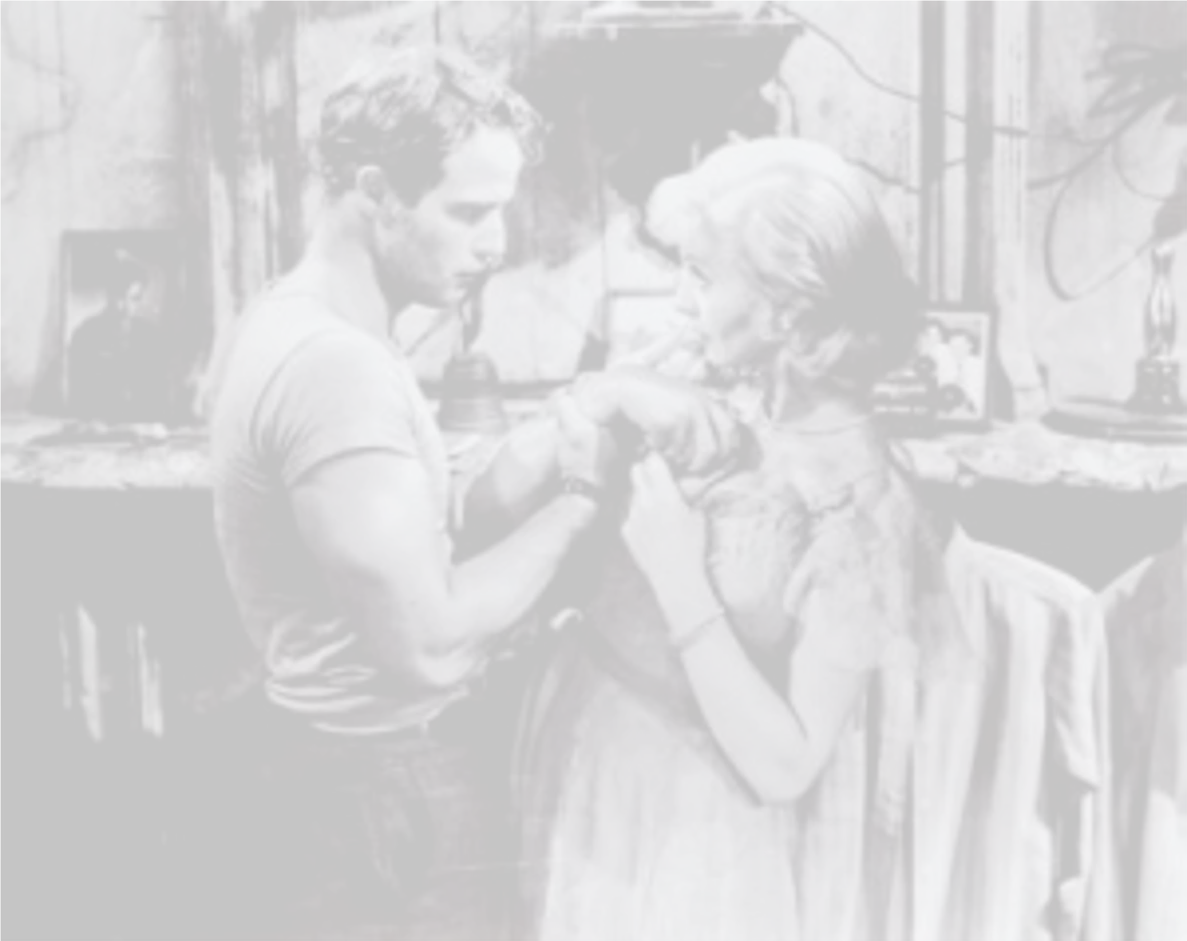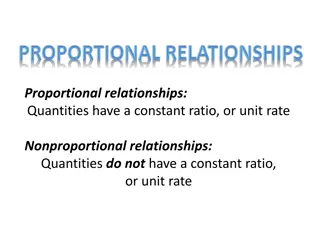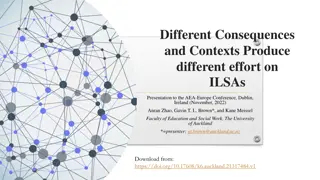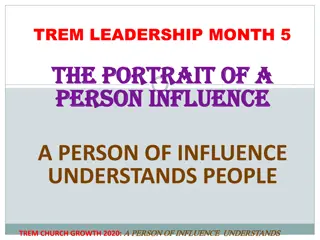Influence of Relationships and Historical Contexts
Impact of societal roles in relationships like husband, wife, siblings, in-laws. Dive into the changing historical and cultural contexts that shape texts. Reflect on how formal elements, genre, and structure influence and are influenced by context. Delve into questions about the evolving meaning of texts over time. Unpack themes such as place, time, gender roles, race, and class in a complex societal landscape.
Uploaded on Mar 05, 2025 | 0 Views
Download Presentation

Please find below an Image/Link to download the presentation.
The content on the website is provided AS IS for your information and personal use only. It may not be sold, licensed, or shared on other websites without obtaining consent from the author.If you encounter any issues during the download, it is possible that the publisher has removed the file from their server.
You are allowed to download the files provided on this website for personal or commercial use, subject to the condition that they are used lawfully. All files are the property of their respective owners.
The content on the website is provided AS IS for your information and personal use only. It may not be sold, licensed, or shared on other websites without obtaining consent from the author.
E N D
Presentation Transcript
A Streetcar Named Desire TeNNeSSEE Williams
Relationships are often influenced by our expectations of others. Consider the following roles in relationships: husband wife siblings in-laws
Learning Objectives Consider the changing historical, cultural and social contexts in which particular texts are written and received.
Learning Objectives Demonstrate how the formal elements of the text, genre and structure can not only be seen to influence meaning but can also be influenced by context.
Questions How can we explain the continued interest in a particular work in different contexts and at different times? What do you think of the assertion that the meaning of a text is fixed and does not change over time?
Analyse this text http://www.youtube.com/watch?v=3jWMPvv- AJM Place? Time? Gender Roles? Race? Class?
The South Agrarian society built on slave labour Rigid class system/hierarchy/order Patriarchal Society-women passive and chaste Highly religious Conservative values
American Civil War 1861-1865-bloodiest battles in American history Marked the death of The Old South /way of life New order-great suffering/poverty in Old South Old way of life lost forever-nostalgia
A Streetcar Named Desire by Tennessee Williams The play was first produced in New York and Boston in 1947. A film version directed by Elia Kazan followed in 1951. Set in New Orleans, Louisiana shortly after World War II, the play explores the plight of impoverished Southern gentry and the rapid changes of Southern society in the industrial age. The protagonist, Blanche DuBois, has come to visit her sister, Stella, who lives in a shabby neighborhood in New Orleans near the railroad tracks. Blanche, a traditional Southern Belle , is immediately at odds with this backdrop, being at once judgmental of Stella's blue-collar, rough and tumble husband, while simultaneously being at the mercy of his hospitality.
Setting Many of the major themes of A Streetcar Named Desire are embodied in the history and culture of New Orleans. The lively setting of the French Quarter, with its streetcars, bars, entertainment, and jazz and blues music, provides a rich background for the emotional events of the play; the setting also draws symbolic attention to changes which were taking place in American society, especially in the South during the post- World war II years
Historical Context Blanche and Stella grew up in a far different environment to the cosmopolitan world of New Orleans. They were the last members of the DuBois family to be raised in their ancestral home, an old plantation house in Laurel, Mississippi. The DuBois family was part of the dying generation of Southern gentility; these once important families began to lose their place in society after the Civil War as agriculture [farming] was overtaken by modern industrialization. The DuBois family sold off parcels of land until they were left with just the once majestic plantation house. Blanche, a widow and school teacher, did her best to keep Belle Reve, but eventually she lost the house.
Historical Context On a more general level, the play represents the decline of the aristocratic families traditionally associated with the South. These once-influential families had lost their historical importance when the South's agricultural base was unable to compete with the new industrialization
Historical Context The region's agrarian [farming] economy, which had been in decline since the Confederate defeat in the Civil War, suffered further setbacks after the First World War. A labor shortage hindered Southern agriculture when large numbers of male laborers were absorbed by the military or defense-based industries. Many landowners, faced with large areas of land and no one to work on it, moved to urban areas.
Historical Context With the increasing industrialization that followed during the 1920s through the 1940s, the structure of the work force evolved more radically yet, incorporating large numbers of women, immigrants, and blacks. Women gained the right to vote in 1920 and the old Southern tradition of an agrarian family aristocracy ruled by men started to come to an end.

























